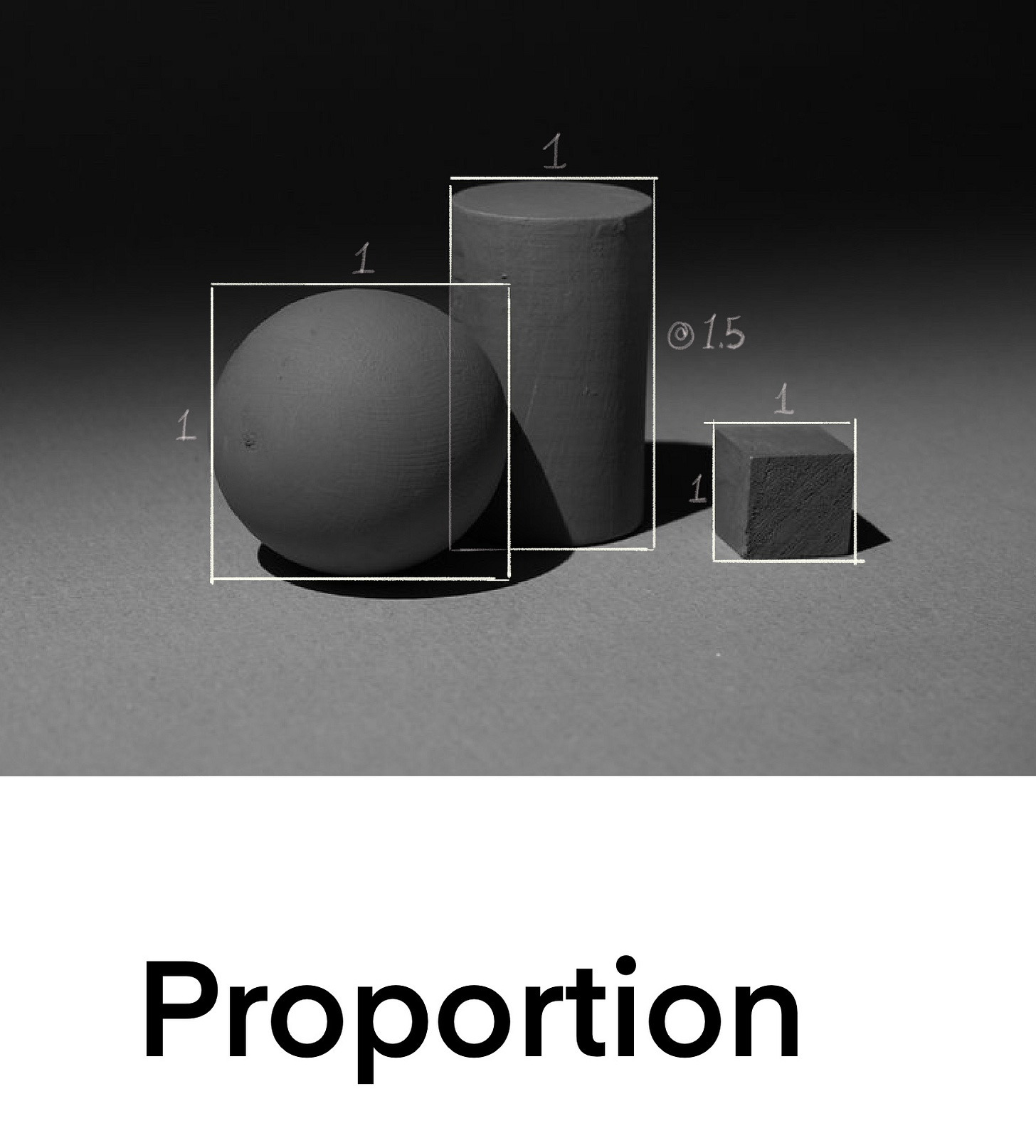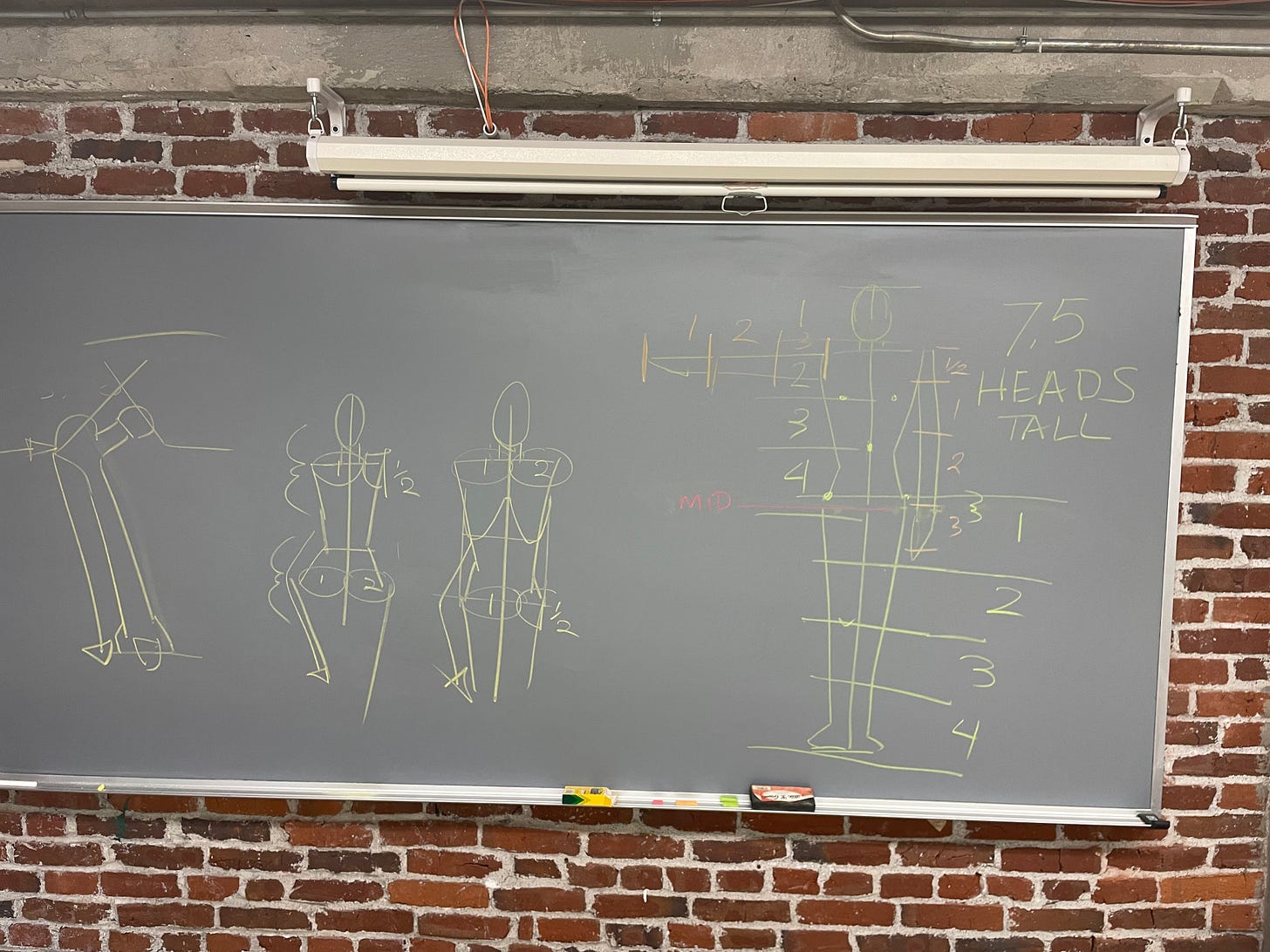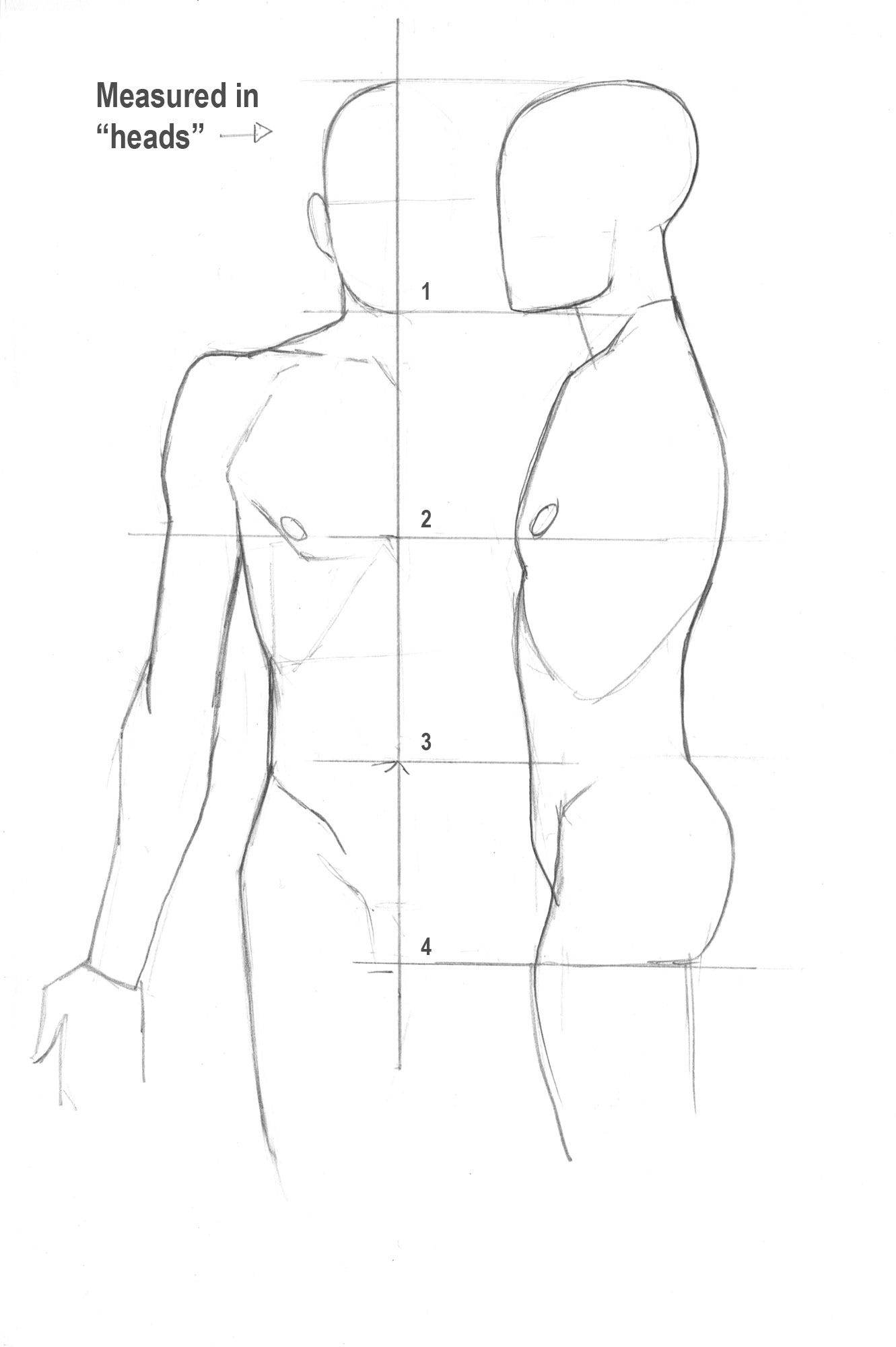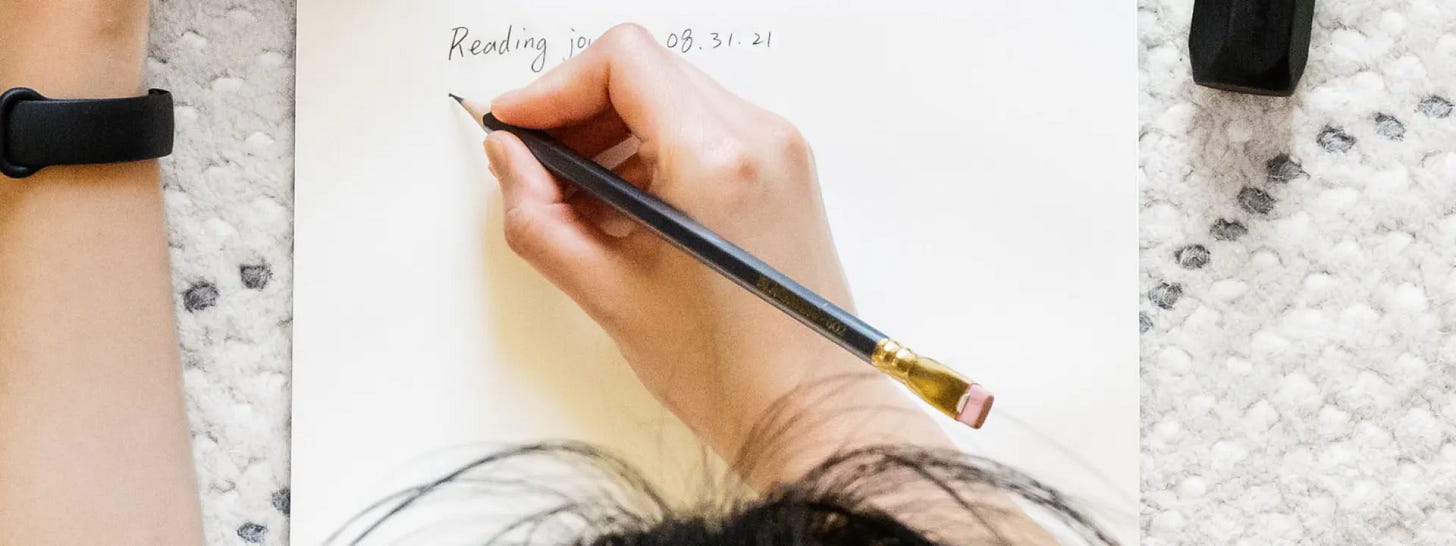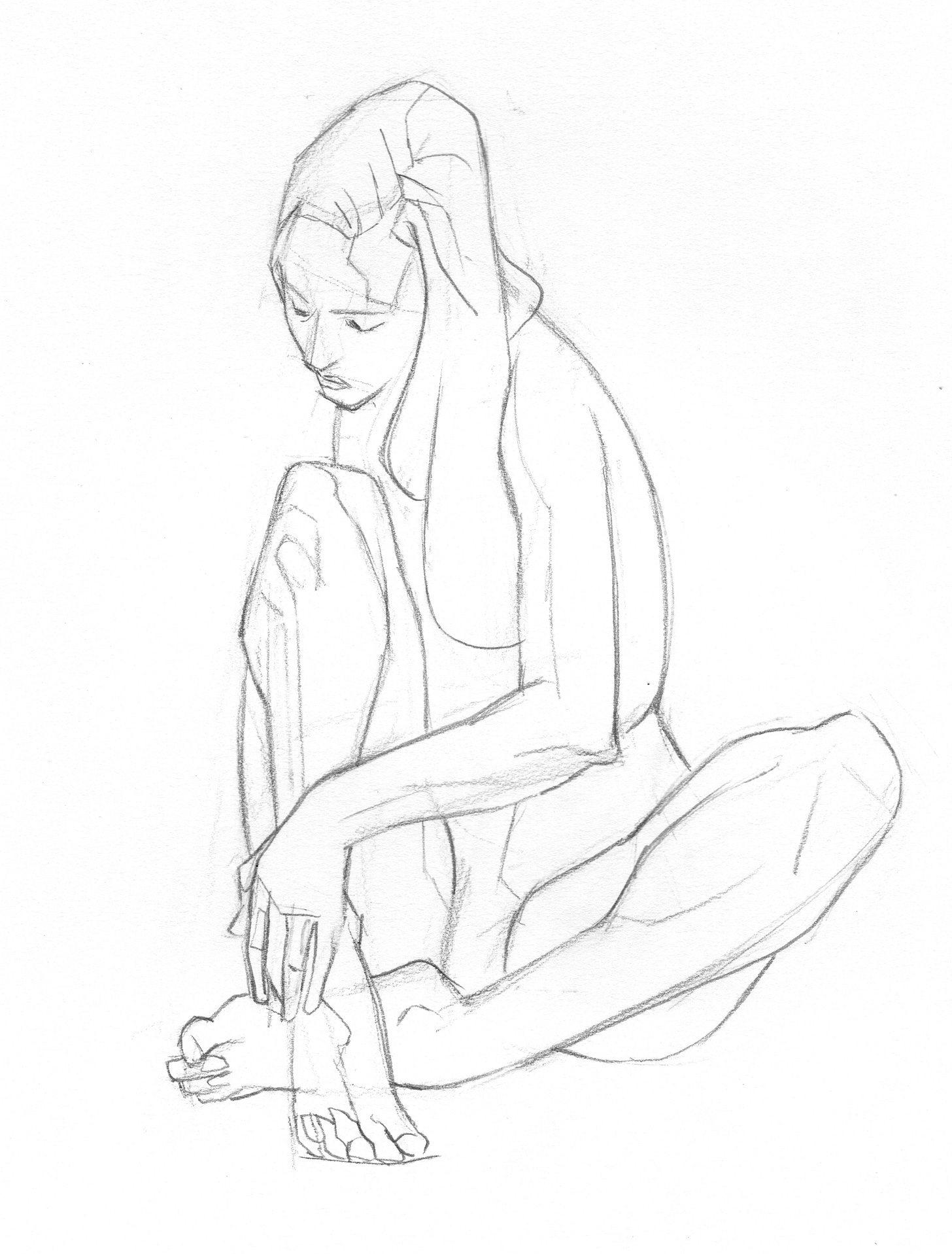What is this column? I’m going to do that classic “answer by saying what it’s not” thing. First, it’s not going to be the definitive answer on anything. It’s not going to be “the way”, I’m not going to preach from on high on how things should be done.
I draw for a living and in an age when folks are trying to crack the code to making art, but I want to share the human experience behind the images you all see. This business is wonderful and treacherous, I’ll share stories here about how I get by.
If that’s instructive, then cool. But none of this is gospel.
My name is Mike Hawthorne, and welcome to Draw is Life
Comparison and growth.
When we talk about “comparison” often it’s in a negative sense. Artists are notorious for comparing their work, or their progress as artists, to other artists' work and progress. I’m sure some version of “God, she’s so great. I’ll never be that good!” echo through the halls of every art school in the world.
“Comparison is the thief of joy,” often attributed to Teddy Roosevelt, is the quote thrown around when artists are trying to pull out of a comparison-death-spiral. And, of course, it’s generally true. One must “travel their unique path.” I get it.
But in art we genuinely need comparison. Just not the kind most young artists are making use of.
In addition to my illustration work for comics, films, games, etc., I teach at an art college. Mostly anatomy and figure drawing. Recently I started teaching a class called “Observation Drawing.” As I developed the syllabus I realized that when we’re teaching people to draw what they see, 9 times out of 10 there is some comparison involved.
For instance, proportions. At its most basic we’re talking width versus height. I have to teach beginning artists to start with one measurement, often the width, then compare that to the height.
Those are the simple proportions of the thing they’re drawing. You can’t have that without comparison.
-A slide from one of my lectures, photo from Proko.com
If you can figure out the proportions of a thing, through comparing the width to the height, you’d be shocked at how far that can take you in improving your work.
However, I’m often surprised at the amount of coaxing it takes to get a student to buy into this idea. I don’t know if it’s just too simple and they don’t trust it, or if it's inherently awkward for them to compare one thing to another. I do know that it’s the biggest mental block I have to get them over for them to progress.
And they do need to get over it because the use of comparison in art doesn’t stop there.
For instance, in anatomy class I usually start with a “canon of proportion” for the human figure. The practice entails comparing one part of the figure to others in an effort to draw them accurately. The practice goes back as far as the ancient Egyptians, but spans the globe. Every culture had some variation of the idea, all with different approaches and influences
- Da Vinci’s ubiquitous “Virtruvian Man” -
Personally, I like Dr. Paul Richer’s canon of proportions. His method calls for using the vertical height of the head to measure various parts of the figure to check their proportions.
-My chalkboard after one of my anatomy lectures.
This kind of comparison allows you to make one measurement, in this case the head, and use it as a kind of measurement for the entire figure and its various parts. When I teach this to students they’re often impressed at the simplicity of it. I think it’s also liberating in that you don’t have to depend on some outside source to tell you if something is “off.” You think the leg is too short? Measure it. Easy.
Not so easy. At first students love it, but quickly drop it if not reminded often.
Early on in my teaching career I couldn’t wrap my head around this. Why would you dump something that can be easily used to improve your drawing?
I think there are a plethora of reasons, from having no introduction to this kind of education early on in their school careers, to plain old fighting bad drawing habits. However, if I’m honest, I think they’re reluctant to make comparisons.
I worry that the entire concept is foreign to them. The idea that you must compare one thing to another thing to make sense of them both is alien.
In an effort to get around that reticence I will introduce other kinds of comparison, like comparing a forearm to a chicken leg for instance.
-A demo drawing I did during an anatomy lecture.
This can get students over the hump, but I have to admit this approach has its limitations. I mean, how many of these kinds of comparisons can we come up with before they’re all lost in a haze of “this looks like that” kinds of options?
We don’t need to come up with cutesy-shape-combos of things if we can just get new artists to compare things in a simple way. Width to height. The head to the leg.
Then they can compare their drawing to what they’re seeing, hopefully with the ability to reconcile inconsistencies.
Comparison is the thief of joy, but not comparing, in the way we’re talking about here, is the thief of progress.
Once new artists take this approach to heart, they can begin a new kind of comparison: their past work to their present.
My girls used to run track. The coach would push for them to not look at who’s faster, but at their own “personal bests.” That’s what I’m advocating for here, but in the context of art. I don’t want new artists to compare their work to the work of others and beat themselves up over it, but rather to compare their own past works to current works and find what’s working and what needs more attention.
So, yeah. Compare.
Happy drawing.
If you’re interested in my educational books, you can pick them up here.
Hey, in case you missed it the newest episode of my life drawing podcast Life Studied is now free to watch!
You can get Blackwing pencils like the ones I use in the show at this link: https://blackwing602.com/mikehawthorne
My daughter’s newsletter just dropped. She shares some of her thoughts on Bergman films. I think you’ll enjoy it!
We’ve been shipping out my newest artbook, Life Studied 2 to Kickstarter backers and seeing pics of their arriving at their new homes! I love to see it, so if you backed the campaign share your pics of the book and tag me here or on any of the Socials.
Once the Backers get their books I’ll be offering it on my store. So, stay tuned.
Thanks, everyone!
Your boy,
Mike




